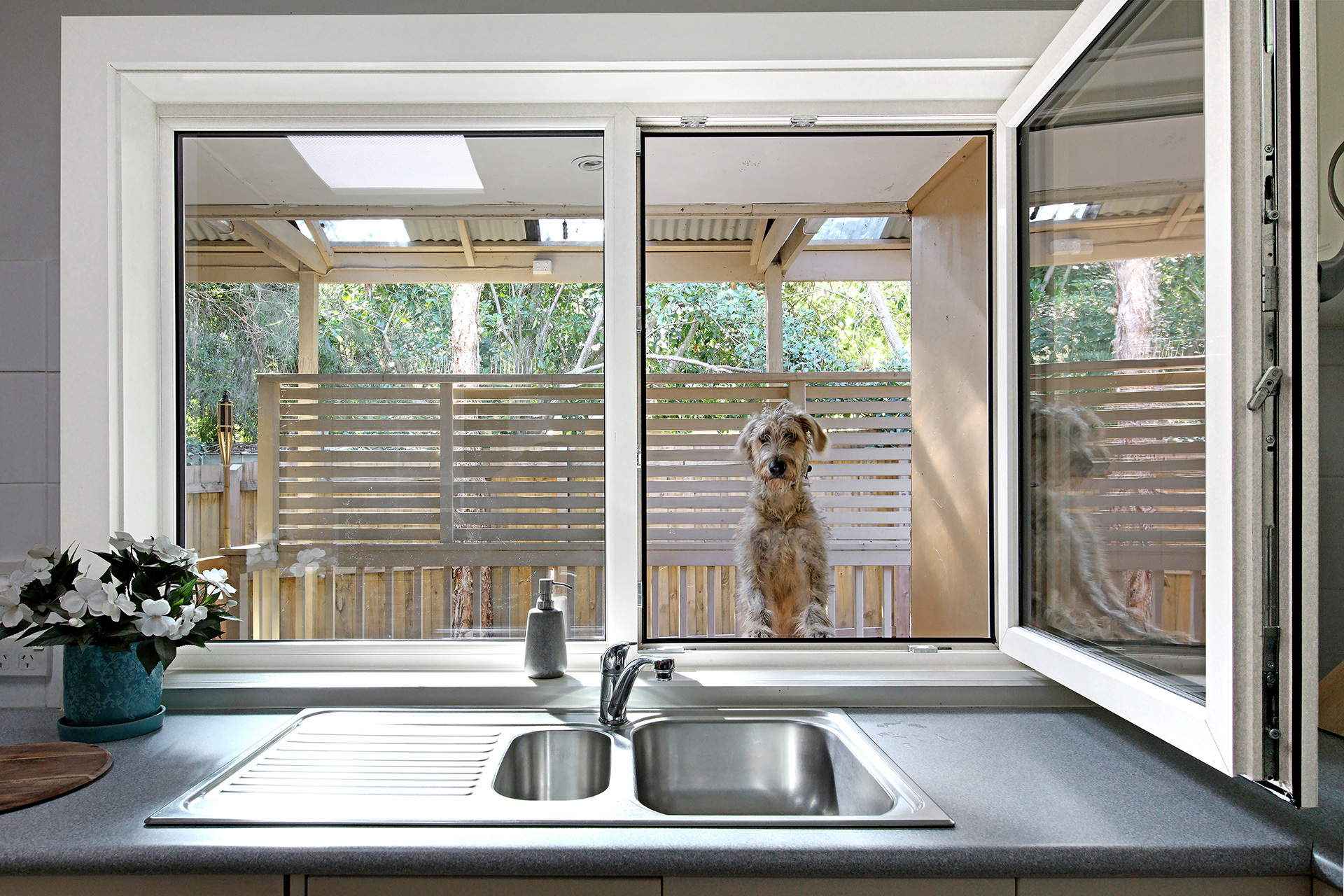All Categories
Featured
Table of Contents
Double Glazed Windows Sydney in Beechboro Western Australia
Glazing just suggests the windows in your house, including both openable and set windows, along with doors with glass and skylights. Glazing in fact just means the glass part, but it is usually utilized to describe all aspects of an assembly including glass, movies, frames and furnishings. Taking note of all of these elements will help you to attain effective passive style.
Energy-efficient glazing makes your home more comfy and drastically reduces your energy expenses. However, improper or badly created glazing can be a major source of undesirable heat gain in summertime and significant heat loss and condensation in winter. Approximately 87% of a home's heating energy can be gotten and approximately 40% lost through windows.
How Does Double Glazing Keep Heat Out? in Innaloo Perth
Glazing is a substantial financial investment in the quality of your home. The expense of glazing and the expense of heating and cooling your home are carefully associated. A preliminary investment in energy-efficient windows, skylights and doors can greatly reduce your annual cooling and heating expense. Energy-efficient glazing likewise reduces the peak heating and cooling load, which can minimize the needed size of an air-conditioning system by 30%, resulting in more cost savings.

This tool compares window selections to a base level aluminium window with 3mm clear glass. Comprehending some of the essential properties of glass will help you to choose the finest glazing for your house. Key residential or commercial properties of glass Source: Adapted from the Australian Window Association The amount of light that goes through the glazing is referred to as visible light transmittance (VLT) or noticeable transmittance (VT).
Canberra Window Replacement - Upvc Double Glazed ... in Madeley Perth
This may lead you to turn on lights, which will lead to higher energy costs. Conduction is how readily a material carries out heat. This is known as the U value. The U worth for windows (expressed as Uw), explains the conduction of the entire window (glass and frame together). The lower the U value, the higher a window's resistance to heat flow and the much better its insulating worth.
If your house has 70m2 of glazing with aluminium frames and clear glass with a U value of 6. 2W/m2 C, on a winter's night when it is 15C colder outside compared with inside your home, the heat loss through the windows would be: 6. 2 15 70 = 6510W That is comparable to the total heat output of a large room gas heating system or a 6.
Double Glazed Windows Sydney & Replacement Windows in Beaconsfield WA

If you pick a window with half the U value (3. 1W/m2 C) (for instance, double glazing with an argon-filled gap and less-conductive frames), you can halve the heat loss: 3. 1 15 70 = 3255W The solar heat gain coefficient (SHGC) for windows (revealed as SHGCw) measures how readily heat from direct sunlight flows through an entire window (glass and frame together).
The lower a window's SHGC, the less solar heat it transfers to your home interior. Glazing manufacturers declare an SHGC for each window type and design. Nevertheless, the actual SHGC for windows is affected by the angle that solar radiation strikes the glass. This is known as the angle of incidence.
Double Glazed Windows Melbourne - Upvc - German ... in Lockridge Perth
When the sun is perpendicular (at 90) to the glass, it has an angle of occurrence of 0 and the window will experience the optimum possible solar heat gain. The SHGC declared by glazing makers is constantly determined as having a 0 angle of incidence. As the angle increases, more solar radiation is reflected, and less is transmitted.
Latest Posts
Diy Double Glaze in Koondoola WA
Glass Selector - Custom Single & Double Glazed ... in Midvale Perth
Does Double Glazing Keep Heat Out in Woodvale Western Australia